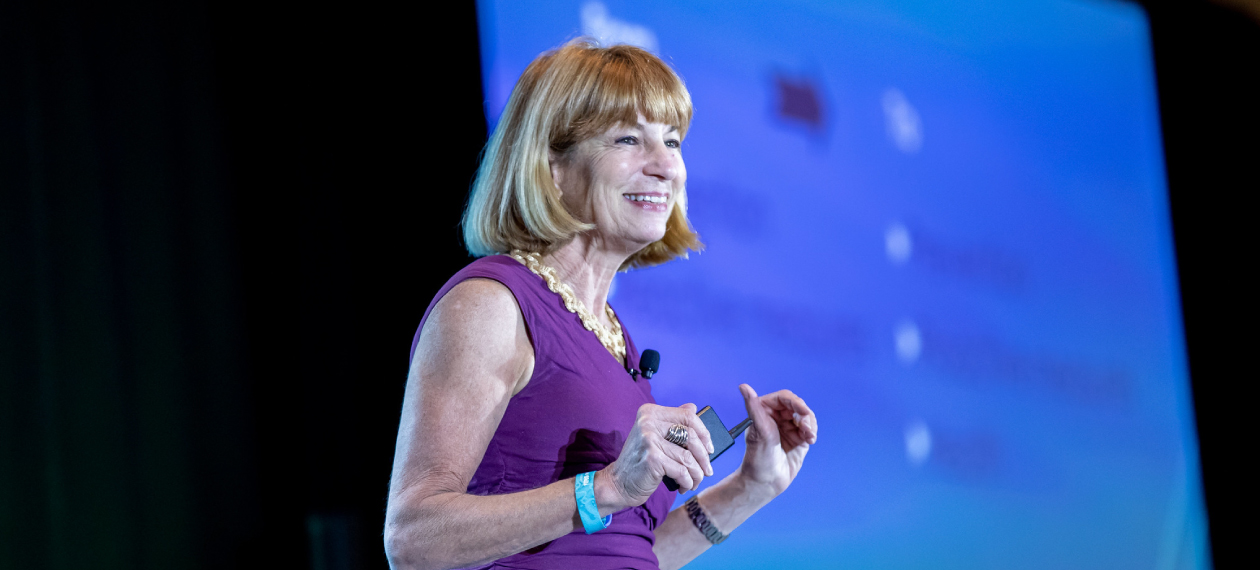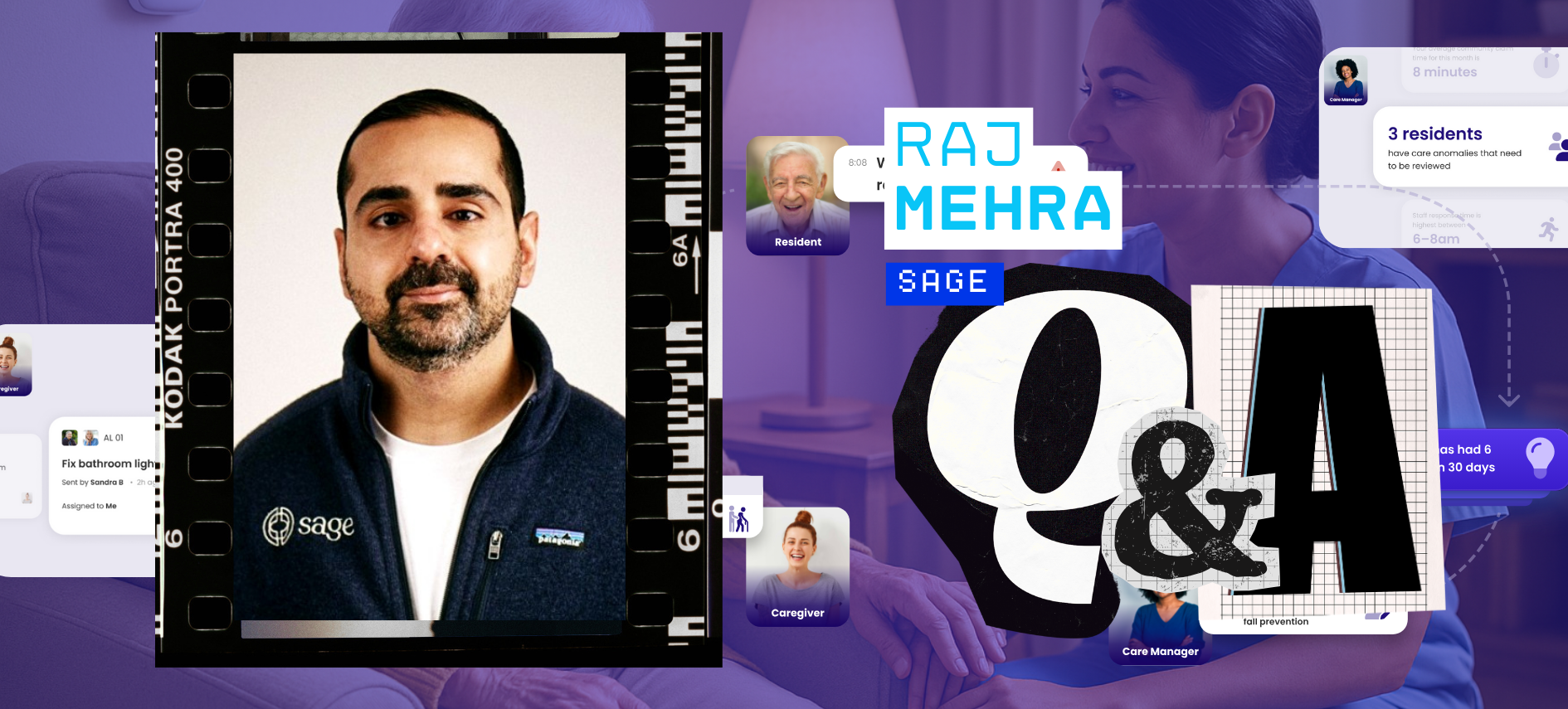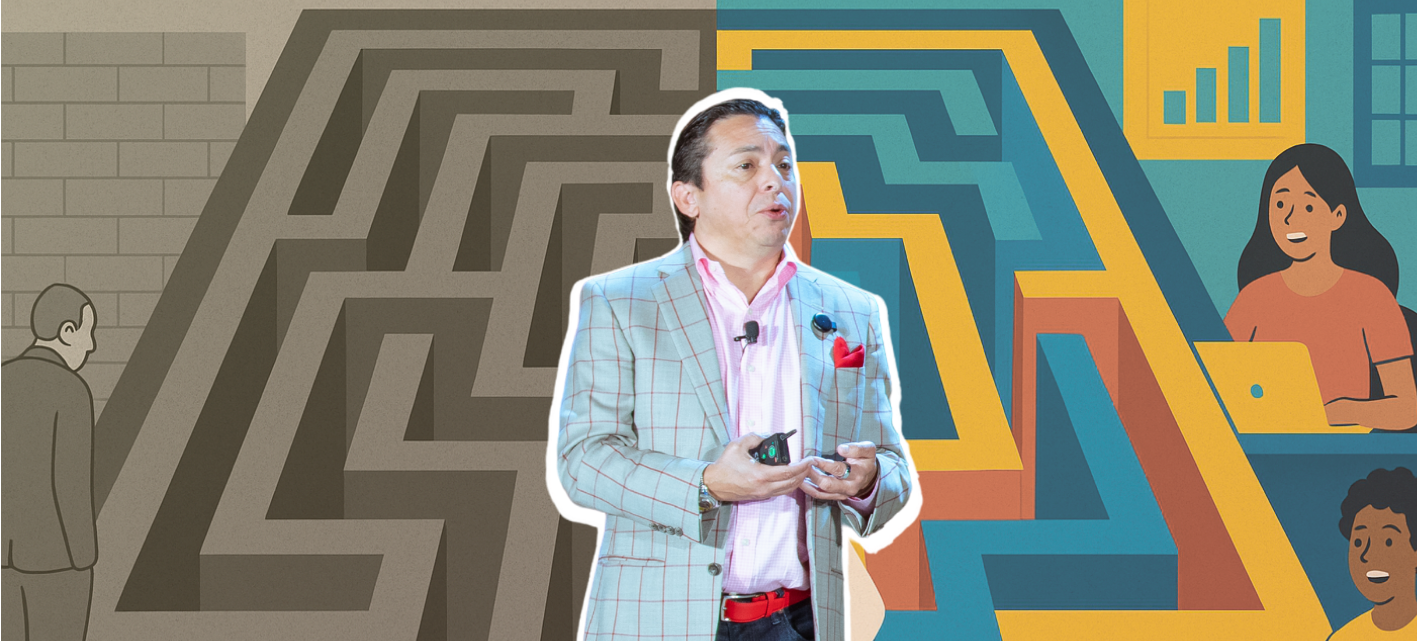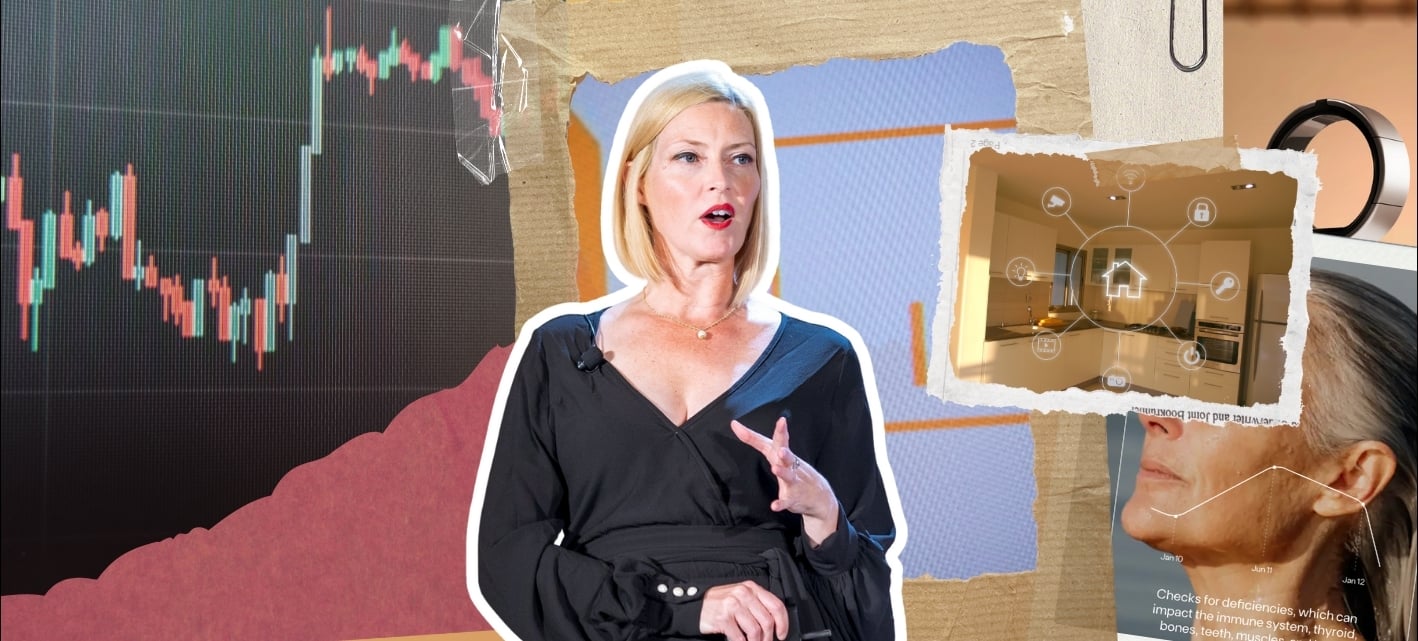There are 76.4 million Baby Boomers living in the US right now, of which 10,000 turn 65 every day. For senior living operators, these numbers represent a looming challenge. “The next generation of consumer is gonna want to live where they want to live, do what they want to do, and be with whom they want to be,” said Juniper Communities Founder and CEO Lynne Katzmann at the Senior Living Innovation Forum. “They're going to expect us in senior housing to magically intuit what they want and then deliver on it.”
Over the course of her talk, Katzmann explained how meeting this expectation is far from impossible. It might take some fundamental philosophical shifts and investments in futuristic new tech, sure, but transformation always does—and transformation is what the moment calls for.
Health, Personalized
Katzmann’s vision for the next generation of senior living is centered on the adoption of personalized medicine, a new practice in which practitioners use a patient’s unique genetic profile to diagnose and treat diseases. “Personalized medicine adds genetic data to health data in order to understand how to be aware of disease before it happens, to target it before it occurs,” she said. “And if you can't avoid it, it helps us treat the disease differently for us as individuals in order to get a best outcome for you.”
There are plenty of examples of personalized medicine already in common practice, like screenings for the BRCA (breast cancer) genes. Patients with mutations in their BRCA genes are at higher risk of developing breast cancer, especially if they also have a family history of the disease. Detecting the mutation early empowers them to proactively remove tissue where cancer might develop. “That’s what personalized medicine is about,” Katzmann said. “It’s about understanding not just your health and environment, but also your DNA.”
From Reactive to Preventive
Personalized medicine also represents a broader shift toward preventative care, one that Katzmann believes is urgently necessary. In the US, 70% of deaths are attributable to chronic disease, of which 50% of Americans have at least one—often preventable conditions like diabetes or heart disease.
“The fact that chronic disease is the number one killer—that many chronic diseases are preventable—it suggests that our national policy agenda needs to shift,” she said, noting one estimate that chronic illness costs $1.5 trillion annually. “We need to put greater emphasis on proven prevention.”
On a broad level, that means shifting the focus from intervention to prevention; from reactive measures to proactive measures; and from medicine to health. In senior living specifically, it means delivering what Katzmann calls a personalized life experience: a modern, data-informed approach, driven by engaging and experiential programming, designed to foster the customer’s holistic well-being.
“This high-tech, high-touch approach needs to work together," she explained. "What will it yield? Whole-person engagement, vitality, and health.”
A Human Bond
To build senior living communities that the next generation of residents will flock to, Katzmann proposed, operators need to focus on two things: on one hand, data and technology; on the other, experiential, engaging programming. Combining the two, they’ll be able to create highly targeted lifestyle prescriptions for each member (Katzmann’s preferred new term for residents).
By synthesizing traditional health data, behavioral habits and lifestyle preferences, and genetic data, communities can build an individualized picture of their members. By embracing next-gen tech—like ambient computing, constellation of smart devices, artificial intelligence, and motion tracking—they can deliver more efficient medicals outcomes while establishing more human-to-human relationships with their patients.
“Medical practitioners need to use technology with one thing in mind: to free up time to spend with their patients,” Katzmann said. “Not to use the technology as an end in itself, but to free up time to create a human bond.”
To collect the data they need to build that lifestyle prescription, communities will use their massive patient datasets, behavioral data, and genomic data they likely already have in the form of Covid-19 test results.
“Then you need to normalize and combine the data in a data pool, and you have to apply artificial intelligence and machine learning to actually produce this lifestyle prescription,” she explained. “Good news: that technology is there. It's there already. And I believe in the next 24 to 36 months, we'll be able to harness that technology and these data to produce a lifestyle prescription.
Adopting new technology might require substantial investments—not to mention regular old faith in evolving paradigms—but Katzmann pointed to the Covid-era embrace of programs like Zoom as evidence that the investments are worthwhile.
Not only did video conferencing change the way companies work, it allowed people like her—with an extended family scattered far and wide by World War II—to connect more deeply and regularly with family members they might otherwise only see once every few years. “The next generation of technology is going to be more robust, but importantly for us, it's gonna require us to do less," she said. "We are going to get more and do less.”
Doing With People, Not For People
Then there’s the programming side of things, which will be just as personalized as the medical side. As Katzmann argued, innovating the way senior living communities deliver services to their members will take a fundamental shift in the way they think about their member relationships. "We need to move from doing for people to doing with people,” she said. "We need environments that create an integrated environment and programming rather than segregated.”
For some communities, that might mean hiring lifestyle concierges to help members find activities that fulfill them most. For others, it might mean adopting the Mather Institute’s Person-Centric Wellness Model to develop unique lifestyle plans based on three drivers for success: autonomy, achievement, and affiliation. “When these drivers are in gear, physical and emotional wellness are enhanced,” Katzmann said, citing research by the Mather Institute.
“So what does it take for this dream to be an everyday reality? It takes a personalized lifestyle prescription,” she concluded. “It takes a lifestyle plan, which is activated by programming that encourages autonomy, achievement, and affiliation. Because our goal—a Boomer's goal—our consumer's goal—our members' goal—is a life which is defined by personalized health, engagement, and vitality. That's the life that boomers want.”

Posted by
SLIF heads to Carlsbad!
The One of a Kind Retreat for Senior Housing Leaders.
May 31 - June 2, 2026 | Carlsbad, CA
Learn More









Comments